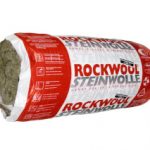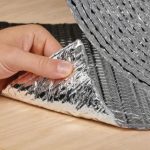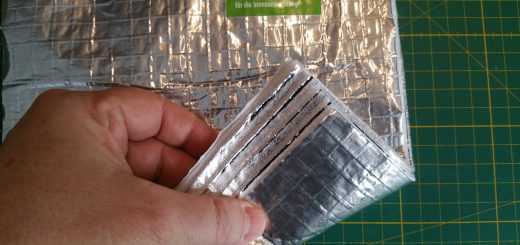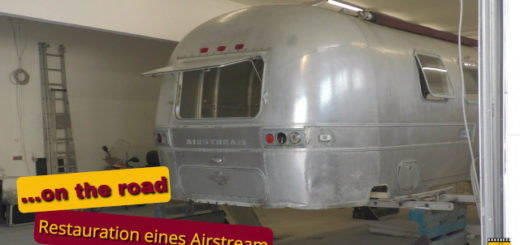ISUM MF14 – the insulation revolution?
After viewing a Mathisox video on the subject of room insulation in his Tinyhome and the use of a (to me) rather unknown product “Isum”,
I went to the manufacturer’s website to get an idea of the insulation offered.

 Somehow I was not able to find the technical data sheet there, but after contact via said website I immediately received an email including the data sheet along with data to a contact person.
Somehow I was not able to find the technical data sheet there, but after contact via said website I immediately received an email including the data sheet along with data to a contact person.
The lambda value of the insulation was somewhat sobering.
0.024 is a value comparable to commercially available, very inexpensive polyiso rigid foam (e.g. Celotex). The latter, however, without – at least a significant – vapor barrier.


The R-value takes into account the strength of the material.
Important note and credit, where credit is due:
Most of my thoughts on the matter of insulation are based on the videos and Camp Quirky workshop of Greg Virgoe – make sure to check them out. Absolutely required material for every van builder!


So in the morning I pick up the phone – somewhat old-school – and get in touch with the company. A knowledgeable person promises to and does call me back later in the day.
He listens carefully and very clearly emphasizes the advantages of the “reflective layers”, which are supposed to make the difference here in order to get by with a much thinner layer.
Sounds promising in theory, but how significant is that in a van build, where I plan to exchange the air volume in favour of the outside air up to approx. once an hour with the fan speed being gentle on the ears, in order to control the humidity? This can then be anywhere between -30 or +40 degrees temperature difference. How significant is the emission loss from the insulation? Who has ever measured something like that in a direct comparison?
I am very pragmatic and would like to have practical or empirical values.
If we take my very personal interpretation of the data as a basis, then I see my planned Celotex / Reflectix combination with an R-value of roughly 2.0 in terms of insulation properties comparable to 50mm Isum insulation at eye level. Where the reflective properties of the Isum product should now perform beyond the double aluminum bubble wrap, I don’t really understand yet.
The www is not very helpful either – there is an obviously Isum sponsored webinar, no really noteworthy reviews – in the construction industry no one is committing themselves (for or against). Everything neither fish nor fowl.
 Then we would be at a not entirely insignificant price difference. If we proceed from my calculation, the square meter of my combo (as of today) costs around € 19 (€ 14 Celotex / Rockwool, € 5 Reflectix). If I had to install the Isum product in layers for an equivalent R-value, then the price would be just under € 70 per square meter. However, such a layering is largely meaningless, since the vapor barrier / reflection properties do not need to be repeated.
Then we would be at a not entirely insignificant price difference. If we proceed from my calculation, the square meter of my combo (as of today) costs around € 19 (€ 14 Celotex / Rockwool, € 5 Reflectix). If I had to install the Isum product in layers for an equivalent R-value, then the price would be just under € 70 per square meter. However, such a layering is largely meaningless, since the vapor barrier / reflection properties do not need to be repeated.
If, however, the figures and claims of Isum could be confirmed in practice (single-layer, thin), then the insulation at a little over € 17 / sqm would be cheaper, more space-saving and a lot easier to work with. A small insulation revolution.
So it would – at least from my perspective – depend on a test with a determining comparison. So after completion of the respective insulation in structurally identical vehicles, installed ventilation and 1 of each:
- Insulation Celotex / Reflektix
- Insulation Isum
- perhaps a combination Celotex / Isum
For practical purposes in a cold / warm chamber, if available. Perhaps with the use of a gas stove and boiling water for a precisely limited time in order to be able to measure temperature and humidity levels inside / outside at different points on the object in a realistic situation.
And all that would be a not inconsiderable effort and I have never seriously seen a such a test with any insulation material manufacturer. A self-built van is understandably not the major sales focus either.
Many thanks at this point for the nice and detailed phone chat and for answering all questions. We’ll keep in touch!
BTW: I am still looking for a suitable conversion candidate, either a L5H3 Ducato, L4H3 Relay, Boxer, tall Iveco Daily…
You have thoughts / ideas / opinions regarding this subject? – Comment below!












Recent Comments